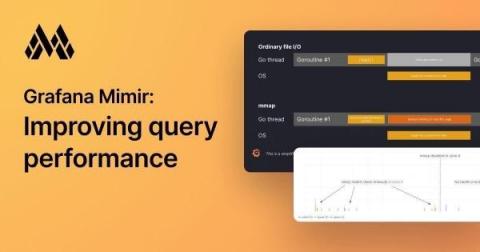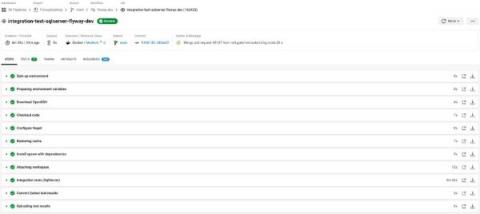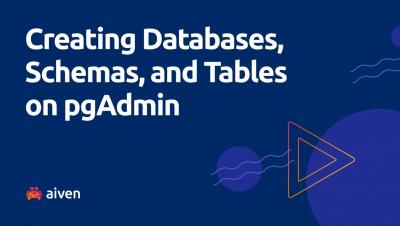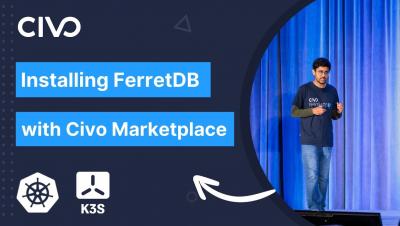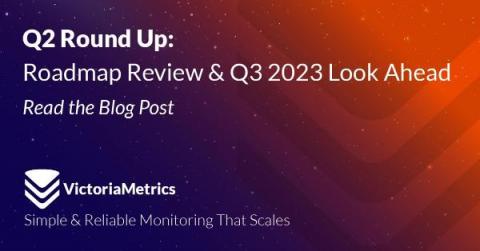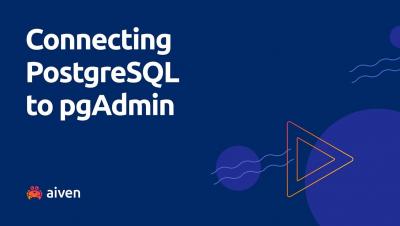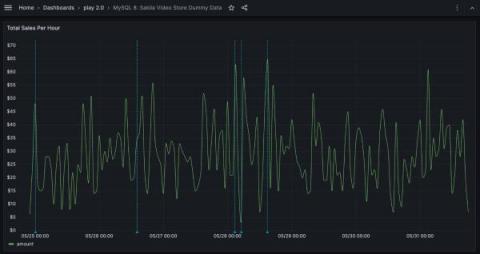Operations | Monitoring | ITSM | DevOps | Cloud
Databases
The latest News and Information on Databases and related technologies.
MySQL high availability made charmingly easy
Improving query performance in Grafana Mimir: Why we dropped mmap from the store-gateway
In recent months, we have been working on improving the performance of Grafana Mimir, the open source, horizontally scalable, highly available, multi-tenant TSDB for long-term storage of your metrics.
How We Ate Our Own Dog Food To Level-Up Internal Testing with Redgate Clone
Creating Databases, Schemas, and Tables on pgAdmin
Installing FerretDB through Civo Marketplace - Civo.com
Q2 Round Up: Roadmap Review & Q3 2023 Look Ahead
Many thanks to everyone who joined us for our recent virtual meetup, during which we discussed some of our Q2 2023 highlights, including features highlights, the 2023 roadmap for VictoriaMetrics and of course: The launch of VictoriaLogs! In this blog post, we’d like to share a summary of these highlights.
Connecting PostgreSQL to pgAdmin
How to visualize time series from SQL databases with Grafana
Relational databases like MySQL, PostgreSQL, Oracle, and others have a wealth of time series data locked inside of them. Often this data can be used to enhance observability dashboards, or keep track of important application factors, like how many users have signed up for a service. In this article, we’re going to show you how to visualize any time series from any SQL database in Grafana using the time series visualization.




